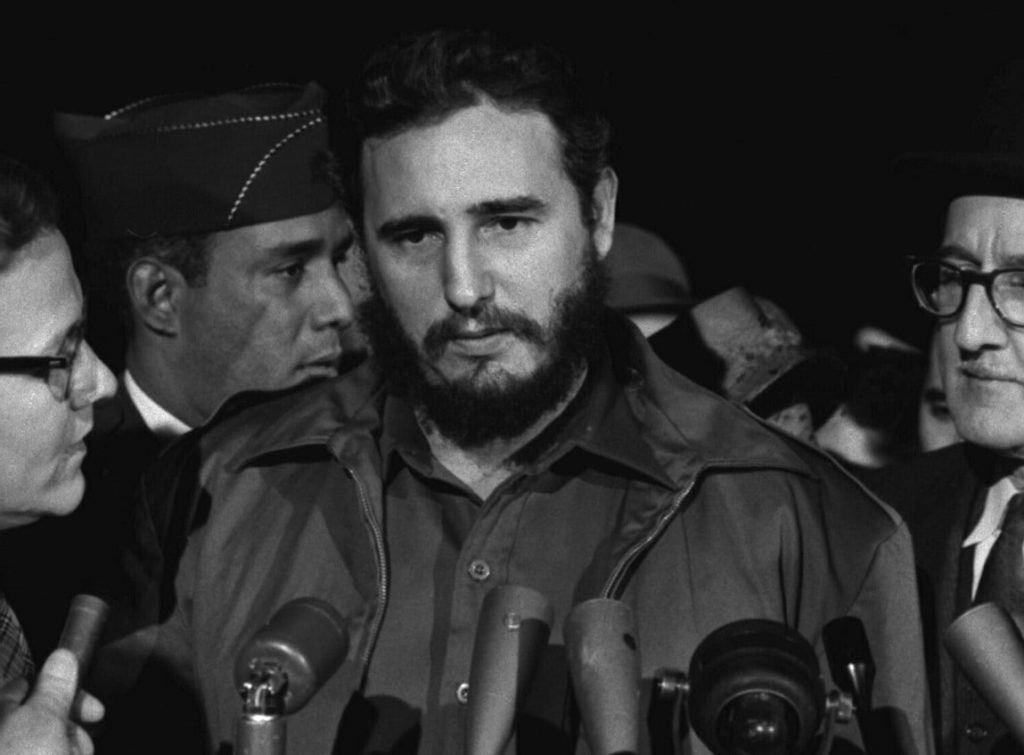On Friday, the world said goodbye to one of its most controversial leaders – Cuba’s former President Fidel Castro. Love him or hate him, El Jefe’s impact on the country’s tourism industry is undeniable.
The revolution of 1959 which saw Castro take power, saw the country’s tourism industry decimated as the US, the country’s largest inbound market, implemented its trade embargo. That year, Castro, hopeful that tourism would fuel an economic recovery, futilely wooed the American Society of Travel Agents, saying:
“I don’t mean to boast when I say that we may not have many things but we do have many good things for tourists, in addition to our people, which is more important than all that natural beauty”.
But although tourism from the US may have stalled, a concerted effort by the government to bolster tourism saw inbound numbers rise to the extent that the industry became one of the most dynamic sectors of the Cuban economy. Gradually, Cuba reemerged as a popular tourism destination for those in other parts of the world such as Europe, Canada and even far-off Australia.
Travellers were lured by its cigar smoke and mojitos, pretty beaches, crumbling colonial architecture, salsa beats and classic cars.
But its fascinating history has also been a major drawcard, standing it apart from its Caribbean neighbours – and Castro’s role in that history is hefty.
However, big shifts are underway. Castro’s brother Raul who assumed presidential powers in 2006 before receiving the official title in 2008, has brought in a raft of changes which keep coming thick and fast. The standout being his negotiation of an end to the island’s 50-years plus diplomatic standoff with the US.
Tourism numbers have sky-rocketed as a result.
Revenues from tourism in Cuba rose 15% in the first half of 2016 compared with the same period last year, according to official data – the number of visitors from the US soaring around 80%. Tourism income rose to $1.2 billion in the January to June period.
The boom is expected to continue over coming years given the US easing of restrictions on travel, the return of cruise ships to its waters and regular commercial flights between Cuba and the US.
Speaking to KarryOn, Intrepid Group’s Regional Product Manager for the Americas Martin Ruffo confirmed the trend.
“Cuba has always been a very popular destination for Intrepid, however the strengthening of the relationship between Cuba and the US led by Raul and Obama saw a massive increase in popularity in the past couple of years,” he said.
“In 2016 Cuba has been our most popular destination in all Central America. Not only are we seeing more US travellers on our official people-to-people trip, but the rest of the world has been rushing in before it becomes mainstream for North Americans.”
But as the Caribbean island has gradually opened up to burgeoning tourism numbers, it has become clear that its infrastructure is not adequately developed to cope with the influx. Aircraft are antiquated, hotels are relatively few in number and dated in nature.
But hasn’t this always been a part of the destination’s charm?
Instead of staying in the big all-inclusives of popular Caribbean neighbours, travellers instead settled down for the night in a casa particular – a local family’s house where they prepare your dinner and act as your hosts. What better way to get a feel for the island?
Since the “thaw”, some of the world’s largest hotels have signalled their intention to open properties on the island, heralding a new phase of investment. In March, Starwood Hotels & Resorts signed no less than three new hotel deals in Cuba, making it the first US-based hospitality company to enter the market in nearly 60 years.
Starwood chief administrative officer Kenneth S Siegel said its entry would “help write the next chapter of relations between Cuba and American business”.
“As we’ve seen throughout the world, our entry into new markets has a positive effect on local communities, preserving and protecting the culture and delicate ecosystems while improving employment opportunities, which were driving forces in our discussions.”
It’s a conundrum – on the one hand, Cuba’s isolation has held it back from perhaps achieving its true potential on the world tourism stage and reaping the industry’s full economic benefits, but it has also given the island its mysterious, nostalgic image – a major part of its appeal. How it develops the one without totally destroying the other will be a tough balancing act.
But that’s not the only challenge facing the island. With Donald Trump taking on the US presidency, is the future a little less clear?
Trump has threatened to undermine the thaw if the Cuban government doesn’t deliver additional concessions – a move that could jeopardise this latest tourism spike.
Meanwhile, an official period of mourning is underway.
“We’re closely monitoring official advisories and receiving advice from our local operations team, who have advised that there may be road closures and service disruptions over the nine days of national mourning,” Intrepid’s Ruffo said.
“Our leaders will be updating travellers on arrival to the island, asking that they respect the impact of this death on the Cuban people, and avoid any behaviour that may be interpreted as festive, disrespectful or disorderly.”
Whether you agree that Castro was a “legendary revolutionary” or not, there’s no doubt his name will continue to play a role in Cuban tourism for many years to come.





